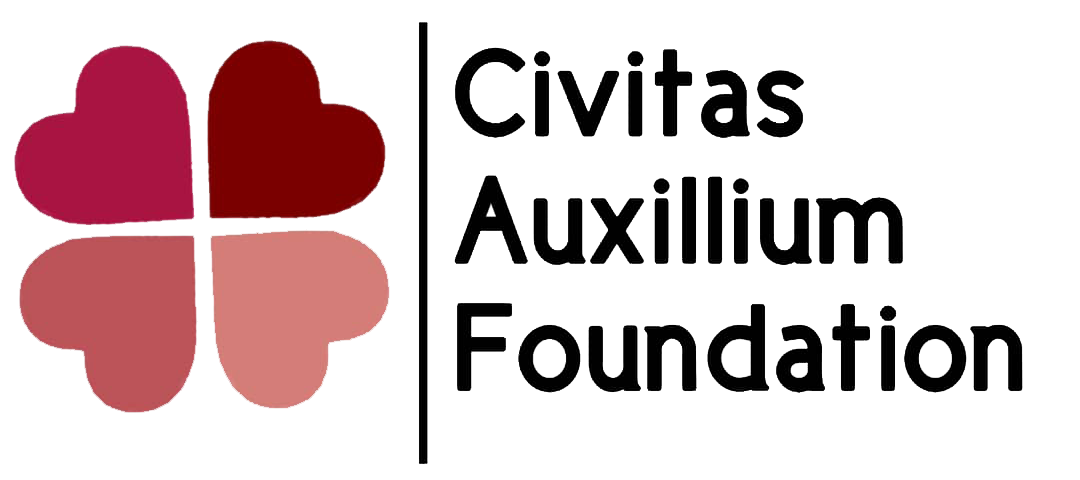No products in the cart.
REALITIES OF THE INTERNALLY DISPLACED PERSONS (IDP) CAMPS IN NIGERIA: DISPELLING THE MYTHS AND A CALL FOR ACTION
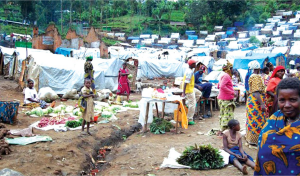
In the face of continued conflict and instability, Nigeria is presented with an urgent opportunity to address a pressing humanitarian crisis within its internally displaced persons (IDP) camps. While these camps are meant to serve as temporary refuges, they also highlight the challenges we must overcome to create lasting, positive change. Sadly, however, we have heard about stories of persons who have lived in these camps for over 14 years and counting.
Nigeria’s internally displaced persons (IDP) camps have become symbols of both crisis and resilience, but misconceptions surrounding these camps often hinder meaningful solutions. While the situation in these camps is undeniably challenging, it’s crucial to separate fact from fiction in order to address the real needs and potentials of displaced communities.
It is pertinent to dispelling common myths, so we can better understand the realities of life in IDP camps and the opportunities for change that lie ahead.
Myth 1: IDP Camps are Permanent Solutions
Many people mistakenly assume that IDP camps are intended to be permanent residences for displaced individuals.
Fact: In reality, these camps are temporary shelters, established in response to urgent displacement caused by conflict, violence, or natural disasters. The ultimate goal is not to provide long-term accommodation but to create a safe environment until people can return to their homes or integrate into new communities.
While this transitional phase may last for years, the focus should be on facilitating self-reliance and resilience, empowering IDPs to rebuild their lives.
Myth 2: All IDP Camps Are the Same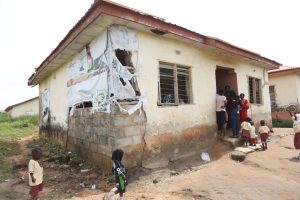
Not all IDP camps in Nigeria are alike. While some camps are overcrowded and suffer from insufficient resources, others are better managed with access to healthcare, education, and livelihood support. the ones in Abuja are mostly shanties, made from temporary items such as nylons, woods , sticks and thatch among others
The diversity in conditions across camps reflects the different levels of support needed vs what is provided by the government, humanitarian organizations, and local communities. It’s important to recognize the variations and focus on learning from the successes of well-managed camps to improve those facing greater challenges.
Myth 3: IDPs Are Completely Dependent on Aid
Another common misconception is that IDPs are entirely reliant on external aid for survival.
Fact: While humanitarian support is crucial, many displaced persons are resourceful, resilient, and eager to contribute to their communities. In fact, many IDPs in communities CAF works in are farmers and have significantly impacted their community. They are already engaging in small-scale agriculture, trading, and other forms of livelihood to support themselves and their families. Empowering these individuals with the skills, resources, and opportunities to become self-sufficient is essential for reducing dependency and promoting sustainable development.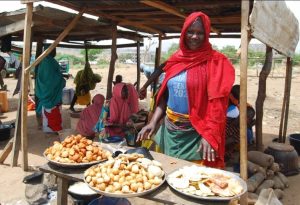
Myth 4: IDPs Are Always a Burden to Host Communities
Some argue that the influx of IDPs into local communities places undue strain on resources and services. However, this perspective overlooks the potential for mutual benefit.
Fact: In many cases, IDPs contribute positively to the local economy by bringing new skills, ideas, and labor. They often participate in markets, provide services, and foster social and cultural exchange. By facilitating inclusive community integration, host areas can become more vibrant and resilient, benefiting both IDPs and local populations.
Myth 5: IDP Camps Are Safe Havens for Criminal Activity
While security in some camps can be a concern, the majority of IDPs are simply seeking safety and stability for their families. Many IDP camps are run by dedicated organizations and local authorities that prioritize protection and peacebuilding efforts. In The IDP cams we work in there are leadership structures Put in place to oversee these and other situations.
The real focus should be on improving security measures, providing conflict resolution training, and creating an environment that fosters trust and cooperation between IDPs, host communities, and authorities. Criminality and violence thrive where there is instability, but with the right resources and support, these challenges can be mitigated.
Myth 6: The Situation in IDP Camps Is Hopeless
Perhaps the most dangerous myth is the belief that the situation in IDP camps is hopeless and that change is impossible.
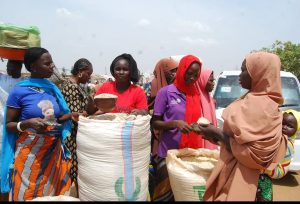
In fact, there are numerous examples of displaced communities rebuilding their lives with the right interventions.
We organize vocational training, skills acquisition programs and community-led initiatives, there are countless opportunities for IDPs to not only survive but thrive. With concerted efforts from the government, several organizations that we collaborate with and local communities, the future for IDPs in Nigeria can be one of renewal and growth, rather than despair.
Conclusion: A Call for Action
Dispelling these myths is not just about correcting misinformation; it’s about empowering all stakeholders, Nigerians and the international community to take informed, compassionate action.
The needs in IDP camps are urgent, but they also present an opportunity for transformative change. By acknowledging the resilience of IDPs, focusing on sustainable solutions, and fostering collaboration, we can help turn these temporary spaces into catalysts for long-term growth and empowerment. The road ahead may be challenging, but the potential for rebuilding stronger, more inclusive communities is within our reach. Let’s approach this crisis not with pity, but with the resolve to make a real, lasting difference.
References
UNHCR, “Solutions for IDPs: A Path to Durable Solutions,” 2023.
IDMC (Internal Displacement Monitoring Centre), “Nigeria: A Study of IDP Camp Conditions,” 2022.
UNDP, “The Role of Livelihoods in IDP Communities: Strengthening Self-reliance,” 2021.
UNHCR, “Addressing the Humanitarian Crisis in Nigeria: A Path Forward,” 2024.
NRC (Norwegian Refugee Council), “Empowering IDPs: Success Stories from Nigeria,” 2023.
Bottom of Form

